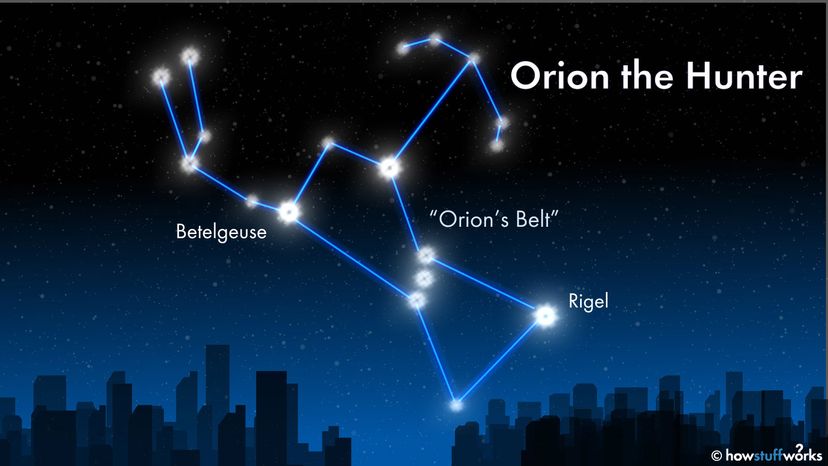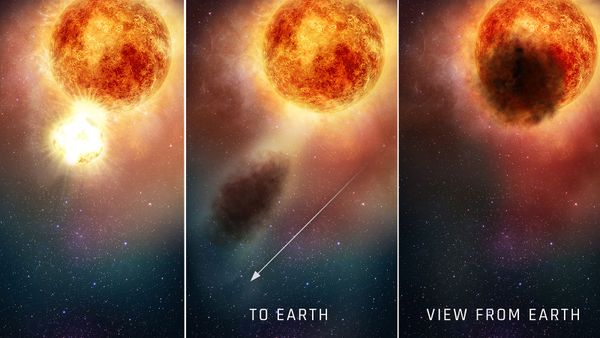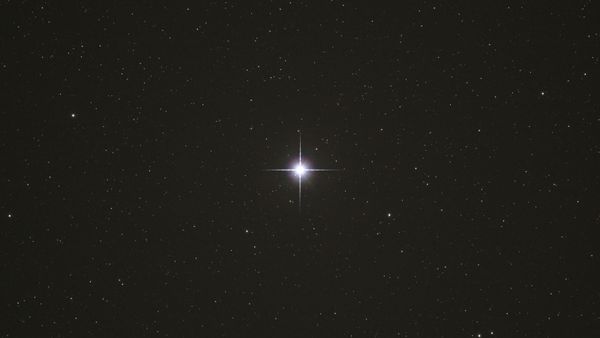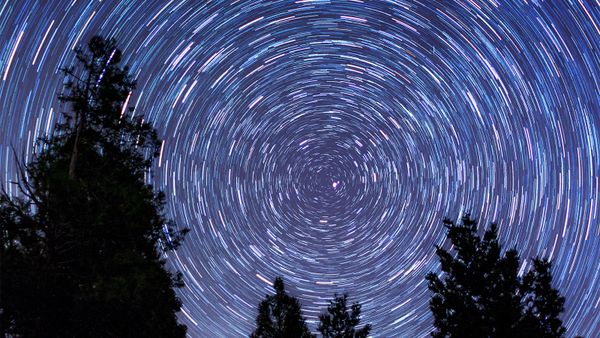Orion's Belt is a helpful asterism for finding the constellation it is part of, Orion, but it is also useful for finding other major stars in the sky. There are three bright stars you can find using Orion's Belt to guide you.
First, you can use Orion's Belt to find Sirius, the brightest star in the sky. Sirius is just 8.6 light-years from Earth and sits in the constellation Canis Major, which is part of why it is sometimes called the "Dog Star."
To find it using Orion's Belt, find the rightmost star in Orion's Belt (Mintaka) and follow the asterism to the east. Continue from Orion's Belt drawing a straight line until you reach a bright star — that's Sirus.
Another noticeable star you can find using Orion's Belt is Aldebaran, a red giant star located in the constellation Taurus. To identify Aldebaran, follow Orion's Belt in the opposite direction (from east to west) from how you identified Sirius. Aldebaran has a reddish hue to help you know you're looking at the right star.
Last, but certainly not least, you can use Orion's Belt to identify two other bright stars in the constellation Orion: Betelgeuse and Rigel.
Betelgeuse, another reddish star, is usually the tenth-brightest star in the night sky (it's also a variable star so it sometimes dims and loses that spot on the list), whereas Rigel is a blue supergiant and ranks No. 7 on the brightest stars in the sky. To find each one, look to the north of Orion's Belt to spot Betelgeuse, and equally distant to the south to find Rigel.
Note: These directions work if you are viewing Orion's Belt in the Northern Hemisphere, facing south.




